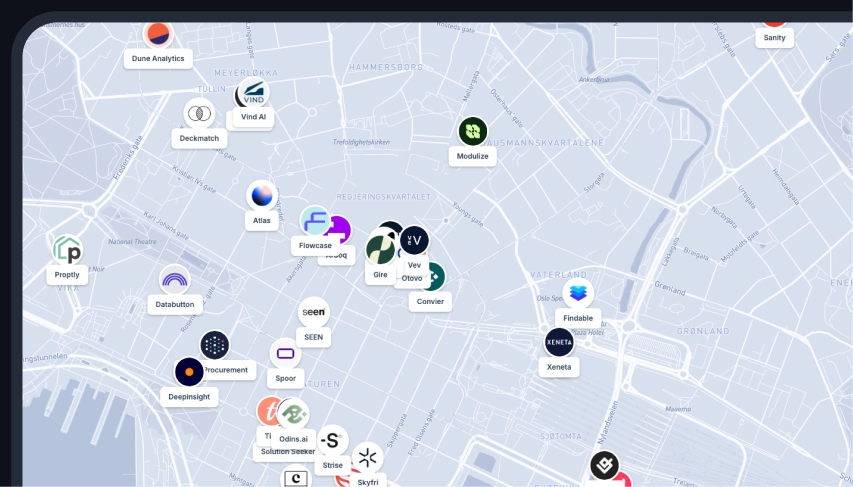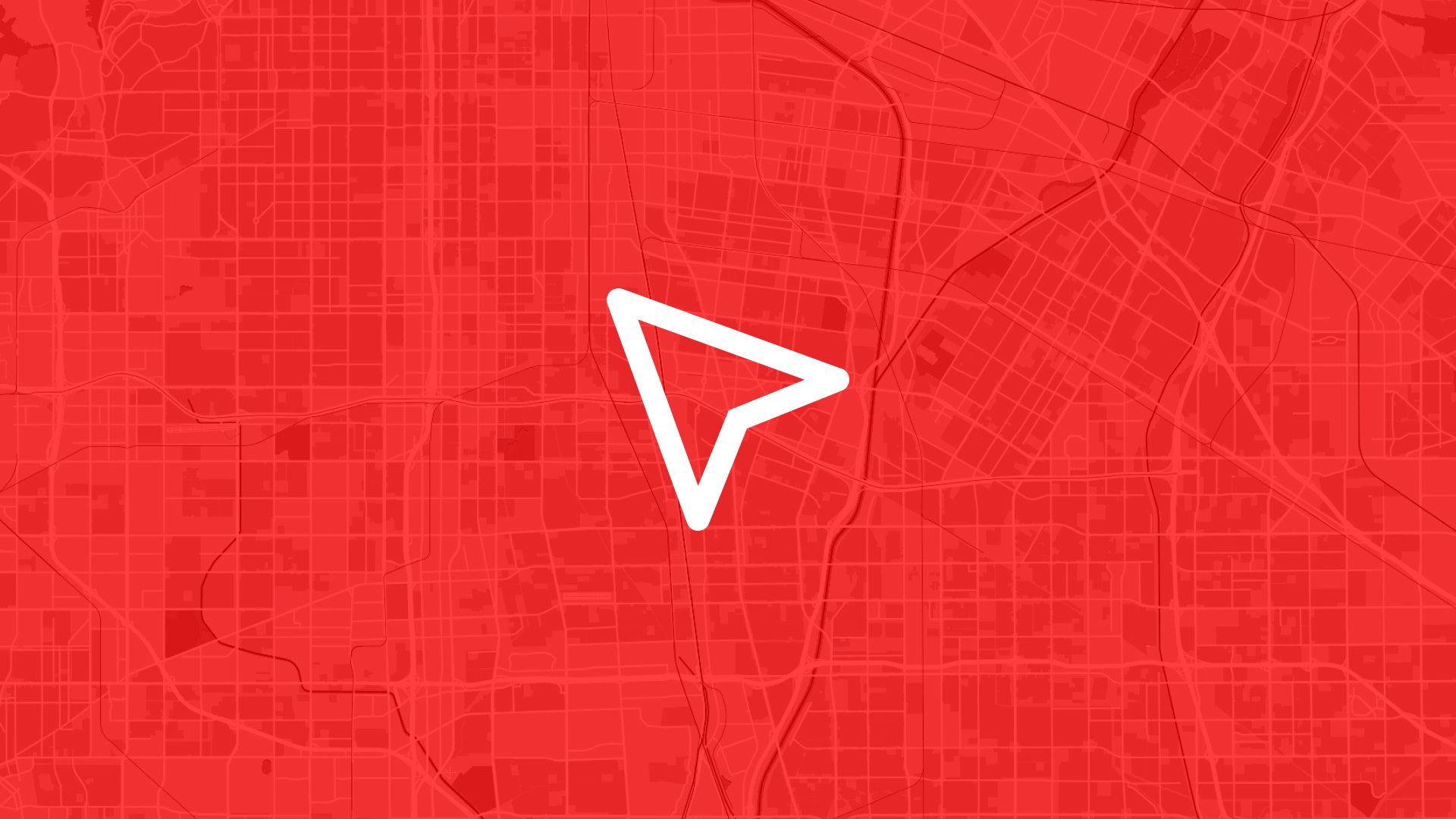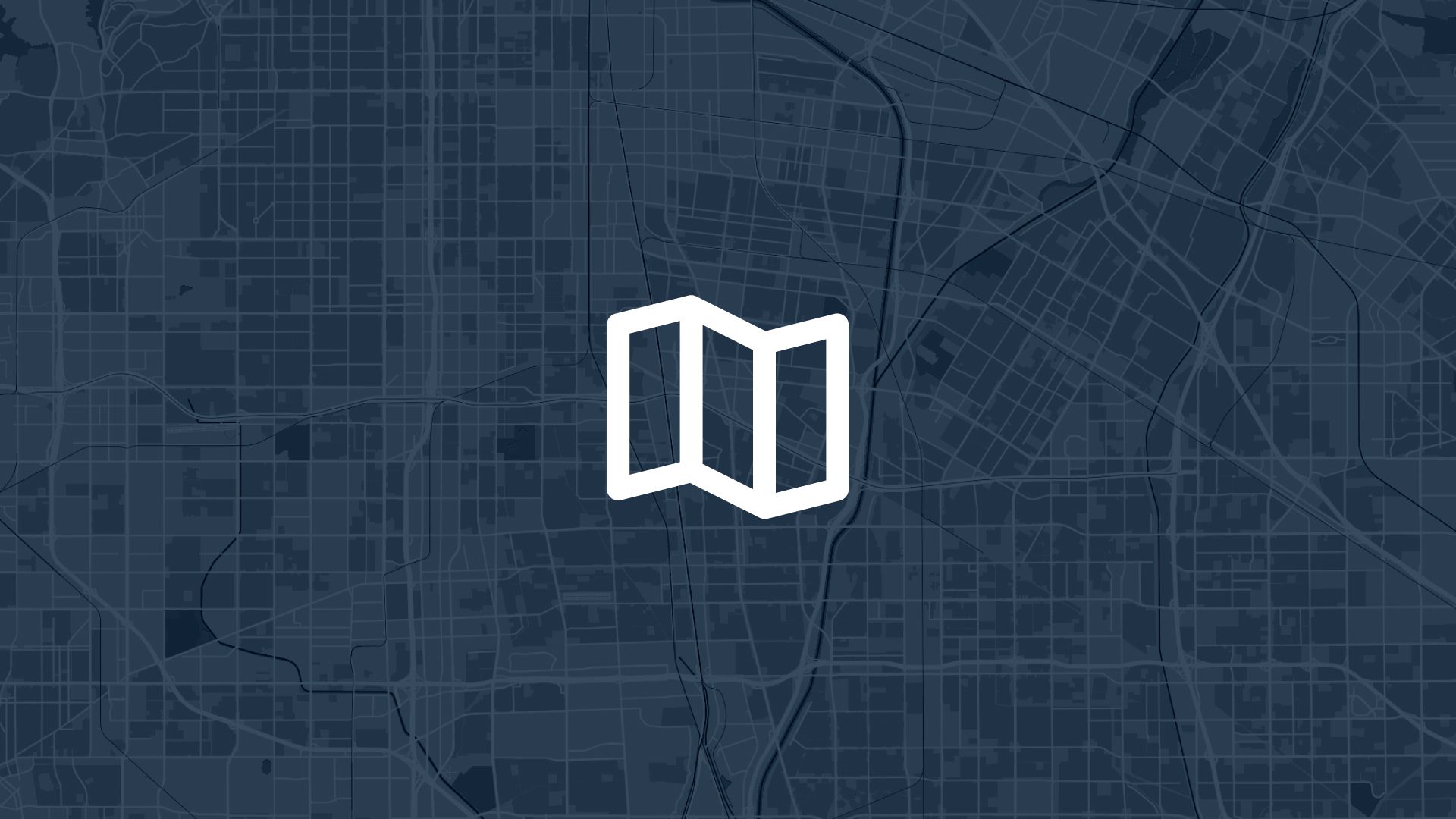The most effective cycling infrastructure planning strategy combines comprehensive bike lane overlay visualization with interactive pin-based feedback to reveal exactly which cycling proposals require community input, minimize implementation conflicts, and maximize cycling safety through strategic bike lane communication and pin-based planning optimization.
If your bike lane planning relies only on engineering drawings, traditional public meetings, or feedback collection that lacks interactive visualization and comprehensive pin-based assessment, you're missing the planning intelligence that determines cycling success, community acceptance, and infrastructure effectiveness. That's why experienced planners ask: can we overlay bike lane proposals and let users drop pins to identify community preferences, evaluate cycling impacts, and optimize transportation strategies based on comprehensive bike lane analysis and pin-based transportation planning coordination?
With Atlas, you can create comprehensive bike lane visualization that combines cycling data with interactive intelligence for actionable infrastructure decisions. No complex cycling software, no uncertainty about community patterns, no barriers to understanding implementation opportunities. Everything starts with clear geographic visualization and meaningful pin assessment.
Here's how to set it up step by step.
Why Overlaying Bike Lane Proposals and Letting Users Drop Pins Matters for Transportation Planning
Creating comprehensive bike lane visualization and pin-based feedback integration enables better cycling planning and more effective transportation infrastructure development across diverse bike lane projects.
Overlaying bike lane proposals and letting users drop pins provides:
- Transportation optimization that shows exactly which bike lane areas in specific locations require targeted community engagement based on pin classifications, enabling strategic cycling strategies and infrastructure campaigns based on actual community requirements
- Community engagement evaluation revealing bike lane concentrations, safety concerns, and optimization opportunities that support successful transportation planning and project approval across geographic areas
- Implementation improvement showing areas with optimal proposal-pin combinations and engagement potential, maximizing planning effectiveness and enabling confident transportation decisions
- Strategic planning analysis combining bike lane proposals with user pins to identify the most viable cycling infrastructure for safety development and community optimization
So overlaying bike lane proposals and letting users drop pins isn't just convenient transportation visualization—it's essential urban intelligence that transforms bike lane data into strategic community insights for successful cycling infrastructure planning.
Step 1: Set Up Comprehensive Bike Lane Data and Pin-Based Feedback Intelligence Integration
Atlas makes it easy to create detailed transportation analysis with comprehensive bike lane proposals and pin-based feedback evaluation:
- Upload bike lane proposal data including route alignments, facility types, intersection treatments, and connectivity plans organized by geographic corridors for pin analysis and community targeting
- Add pin-based feedback information showing location-specific comments, safety concerns, route preferences, and usage priorities that correlate with transportation needs across different bike lane areas
- Import community coordination data connecting cycling advocates, neighborhood groups, business associations, and engagement factors that drive participation within specific bike lane areas and pin combinations
- Include transportation context information showing traffic patterns, pedestrian safety, parking impacts, and infrastructure conditions that affect bike lane planning and community coordination within different areas
Once configured, your bike lane analysis provides the geographic foundation for comprehensive community discovery and transportation optimization.
Step 2: Create Bike Lane Overlay and Pin-Based Feedback Visualization
Next, build transportation planning visualization that reveals community patterns and cycling opportunities across bike lane planning areas:
You can display different pin approaches:
- Community clustering maps showing geographic concentrations of bike lane proposals with similar pin characteristics and engagement requirements that reveal optimal participation areas and proposal concentrations
- Pin classification analysis displaying feedback categories, safety priorities, and community needs within different geographic areas for strategic transportation positioning
- Engagement effectiveness visualization revealing bike lane characteristics, pin potential, and community-planning alignment that support targeted transportation strategies and participation optimization opportunities
- Combined proposal-pin scoring integrating bike lane proposals with user pins to identify areas with optimal combinations of cycling efficiency and community coordination
- Implementation feasibility assessment showing high-priority bike lane changes, pin gaps, and locations where targeted engagement can improve planning outcomes
- Community transportation evaluation mapping proposal-pin combinations with optimal participation characteristics, community alignment, and transportation conditions for successful bike lane implementation
Each visualization approach reveals transportation characteristics that inform cycling strategy decisions, bike lane management, and pin-based community targeting.
Step 3: Analyze Bike Lane Patterns and Transportation Cycling Opportunities
To extract transportation insights from bike lane proposals and pin-based feedback analysis:
- Identify optimal implementation routes discovering corridors with favorable community response, pin accessibility, and bike lane characteristics that support successful transportation planning operations
- Evaluate community targeting potential understanding bike lane patterns, pin requirements, and participation behaviors that enable effective transportation positioning and cycling optimization within specific proposal-pin combinations
- Assess transportation investment efficiency analyzing how bike lane proposals provide optimal return on community investment, engagement costs, and cycling effectiveness across transportation areas
- Compare pin scenarios evaluating bike lane characteristics, community accessibility, and participation conditions across different areas to optimize transportation strategy and engagement prioritization
- Discover cycling opportunities using bike lane analysis to identify transportation-pin combinations where targeted engagement can capture additional community value and optimize cycling performance
Bike lane proposals and pin-based feedback analysis reveals cycling opportunities and transportation optimization strategies that maximize urban effectiveness and community engagement.
Step 4. Enable Planning Team Coordination and Transportation Discovery Assessment
To support transportation operations and bike lane-based cycling discovery:
- Create engagement targeting dashboards providing transportation teams with comprehensive bike lane analysis, pin evaluation, and community intelligence
- Set up community coordination tools helping transportation teams understand bike lane patterns, assess engagement opportunities, and coordinate pin strategies based on cycling analysis
- Add stakeholder communication enabling clear presentation of bike lane patterns, transportation insights, and community opportunities to city officials and transportation stakeholders
- Include cycling assessment providing bike lane discovery analysis for transportation programs, pin strategies, and community initiatives based on location-based targeting
- Configure performance management using bike lane data to support engagement performance tracking, transportation discovery optimization, and strategic location targeting across multiple transportation planning areas
Transportation discovery intelligence becomes actionable across planning teams, enabling coordinated bike lane strategies and informed pin-based decisions.
Step 5: Optimize Transportation Strategy and Location-Driven Community Engagement
To use bike lane analysis for strategic transportation cycling discovery:
- Plan location-specific engagement using bike lane analysis to identify optimal community areas and coordinate engagement efforts within locations showing favorable proposal-pin alignment and cycling potential
- Optimize transportation management understanding bike lane patterns and community requirements to maximize cycling effectiveness and minimize engagement costs across optimal transportation areas
- Coordinate engagement strategies using bike lane analysis to plan cycling workshops, notification protocols, and community targeting strategies that leverage corridor advantages
- Design participation campaigns analyzing bike lane patterns and community characteristics to plan engagement campaigns, pin positioning, and participation experience that optimize location utilization
- Plan cycling expansion understanding bike lane trends and pin evolution to design transportation strategies that capture optimal community areas and specialized cycling markets
Also read: Map Road Diet Proposals for Feedback
Step 6: Integrate Transportation Discovery Analysis with Cycling Management Systems
Now that comprehensive bike lane proposals and pin-based feedback analysis are complete:
- Export transportation intelligence for integration with cycling planning platforms, community engagement systems, and infrastructure coordination tools
- Create bike lane support using transportation and pin analysis to inform cycling campaigns, community targeting, and urban transportation strategies
- Set up community coordination providing discovery analysis for bike lane planning, engagement programs, and cycling initiatives within transportation planning areas
- Design performance management using bike lane analysis to support engagement performance tracking, transportation discovery optimization, and strategic targeting across multiple transportation planning areas
- Generate transportation intelligence supporting cycling consulting, infrastructure discovery analysis, and transportation investment decisions with comprehensive bike lane and pin evaluation
Your transportation discovery analysis becomes part of comprehensive urban cycling that creates better mobility outcomes through bike lane intelligence and strategic pin-based transportation targeting.
Work faster with spatial data
Easily import data, automate analysis and build spatial apps for the web, all within a single software.
Use Cases
Overlaying bike lane proposals and letting users drop pins is useful for:
- Transportation planning managers identifying optimal engagement locations and evaluating community potential based on comprehensive bike lane proposals and pin-based feedback analysis
- Cycling infrastructure specialists evaluating implementation opportunities and planning participation strategies based on bike lane patterns, pin requirements, and corridor intelligence
- Community engagement coordinators assessing transportation coordination opportunities and planning community cycling based on bike lane insights, pin alignment, and engagement identification
- Transportation consultants evaluating engagement strategies and planning cycling positioning based on bike lane analysis, community targeting, and pin optimization
- City transportation analysts supporting cycling development with transportation discovery analysis based on engagement performance, bike lane patterns, and community opportunities
It's essential for any transportation cycling coordination where success depends on understanding bike lane patterns and making community-informed decisions about implementation targeting and transportation strategy optimization.
Tips
- Consider intersection design integration analyzing not just bike lane segments but also crossing treatments, signal timing, and conflict points that affect comprehensive cycling safety and pin feedback validity
- Evaluate connectivity network analysis understanding how individual bike lane proposals contribute to citywide cycling networks, regional trail connections, and multimodal transportation systems
- Include maintenance accessibility planning analyzing how pin feedback correlates with snow removal routes, surface maintenance requirements, and long-term infrastructure sustainability considerations
- Plan for user experience diversity understanding how different cycling abilities, age groups, and comfort levels affect pin placement patterns and infrastructure design preferences
- Combine with usage prediction modeling analyzing how pin feedback patterns enable ridership forecasting, seasonal usage planning, and cycling infrastructure performance measurement
Overlaying bike lane proposals and letting users drop pins in Atlas enables comprehensive transportation discovery and evidence-based cycling infrastructure strategy development.
No separate cycling management software needed. Just analyze bike lane patterns and pin characteristics geographically, evaluate cycling opportunities, and discover the transportation intelligence that optimizes implementation targeting and location-based cycling infrastructure planning.
Planning and Public Feedback with Atlas
Effective planning isn't just about technical analysis—it's about understanding community needs, optimizing public engagement, and maximizing stakeholder participation in development decisions.
Atlas helps you turn planning data into community insights: one platform for transportation analysis, public engagement, and strategic cycling coordination.
Transform Planning Data into Community Intelligence
You can:
- Analyze transportation patterns, community feedback, and engagement opportunities that affect cycling effectiveness
- Evaluate multiple planning scenarios simultaneously and compare them based on community support, feasibility, and strategic value
- Identify optimal transportation opportunities by combining location analysis with community insights and participation intelligence
Build Planning Strategies That Drive Community Success
Atlas lets you:
- Score and rank transportation options based on community feedback and planning objectives
- Generate comprehensive engagement profiles that support planning decisions and stakeholder coordination
- Export planning intelligence for integration with community platforms, planning systems, and transportation tools
That means no more guessing about community support, and no more uncertainty about which transportation offers the best planning potential.
Discover Better Transportation Through Community Intelligence
Whether you're developing cycling strategies, planning community engagement, or building transportation optimization programs, Atlas helps you turn planning data into community advantage.
It's urban planning—designed for community precision and transportation success.
Optimize Your Planning with the Right Tools
Urban planning is complex, but community intelligence can be simple. Whether you're analyzing bike lane proposals, evaluating transportation sites, assessing community opportunities, or planning public engagement—understanding your community matters.
Atlas gives you both precision and insight.
In this article, we covered how to overlay bike lane proposals and let users drop pins, but that's just one of many ways Atlas helps you manage planning.
From transportation analysis to community assessment, engagement evaluation, and cycling planning, Atlas makes urban planning accessible and actionable. All from your browser. No planning expertise needed.
So whether you're developing community strategies or building any type of planning-focused transportation program, Atlas helps you move from "guessing about bike lanes" to "targeting proven community engagement" faster.
Sign up for free or book a walkthrough today.
Work faster with spatial data
Easily import data, automate analysis and build spatial apps for the web, all within a single software.





